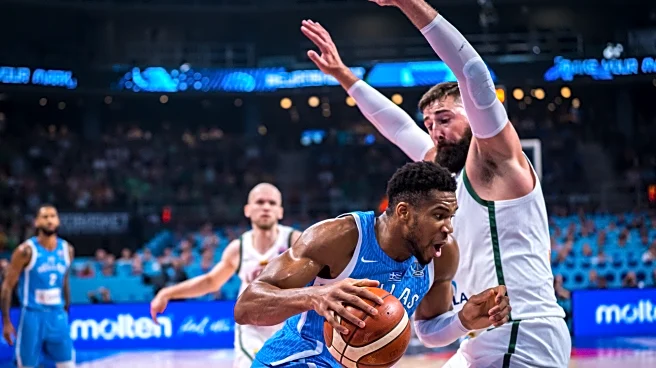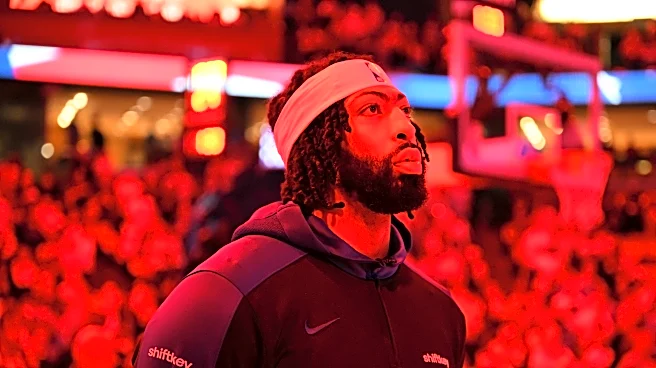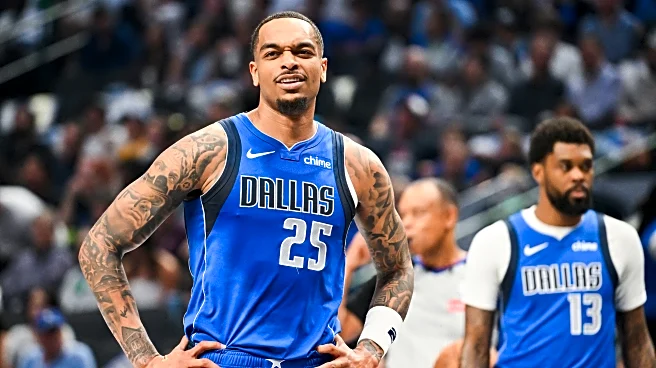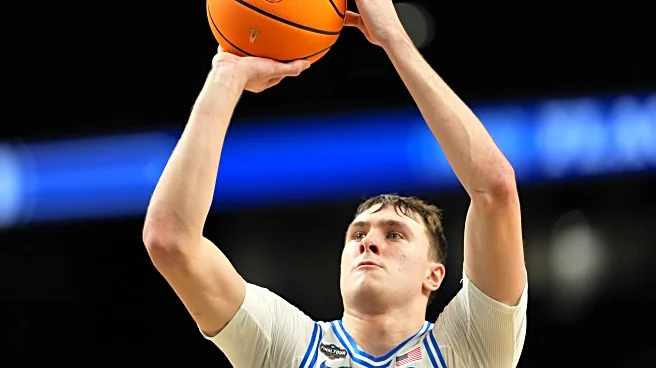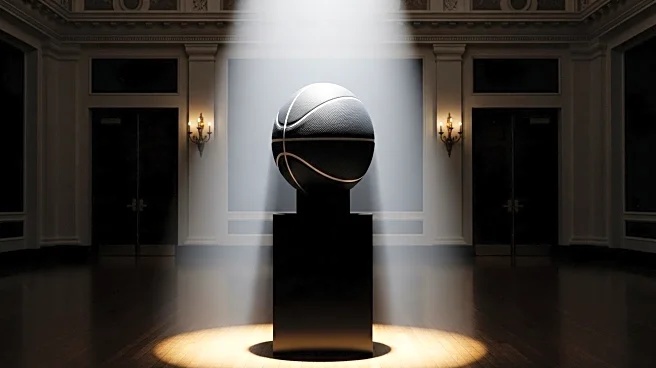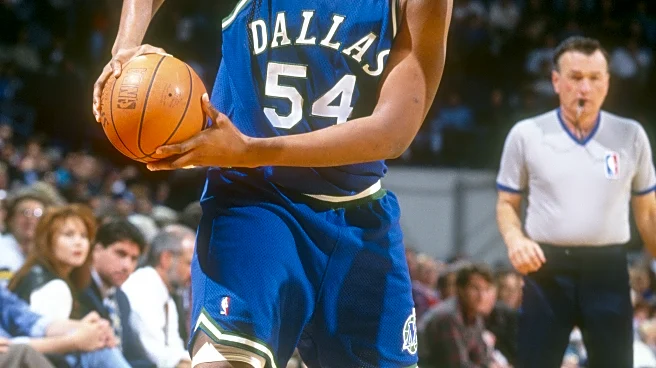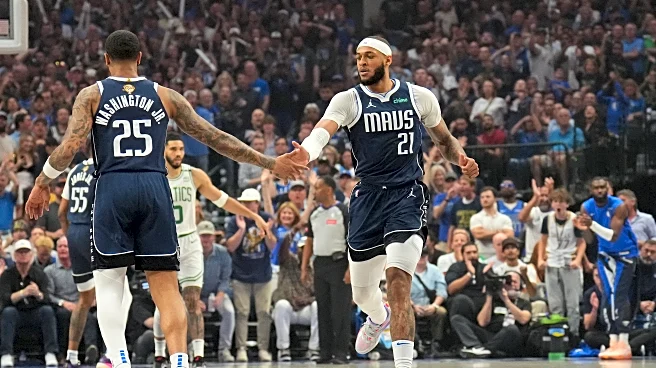As the drama of EuroBasket unfolds and exceeds all expectations when it comes to entertainment value, the knockout stage format has delivered, and has proved extremely efficient at forcing the best basketball possible out of each team.
That begs the obvious question: Is a knockout format a better way to force the purest and most entertaining basketball than a seven game series?
First, let’s get the economic aspect out of the way. Yes, the NBA wants to make as much money as possible and with a potential
seven game series, they are able to squeeze as much as possible out of the best basketball teams in the world and their fans.
But, if we look beyond that, the discussion of whether a longer game series or a knockout stage help create the best environment for the most competitive, entertaining, creative – and purest – basketball possible, is enticing.
Because when the question is whether the long playoff series creates better basketball – rather than the most money – the perspective, and perhaps the answer, changes.
All the positives of a long series format are evident: The waiting game, the back-and-forth chess match, the drawn out excitement for fans and the game-to-game adjustments. Who comes out on top in the end?
On the other hand, the quick one-and-done, winner-takes-it-all, whoever has it on the day moves on can sometimes end up not really reflecting the talent of a team.
Both formats obviously provide great moments. We know that historically. But the process and the price of each one are costly. In very different ways.
One pushes the players – and especially stars – to their limit. After playing 82 NBA games, they now have to try and stay healthy through the grueling schedule of one or more playoff series. Flying back and forth, missing sleep and recovery time, the athletes have barely had a break for six months before it even starts.
That puts an incredible strain and pressure on the athletes mentally – but especially physically. And it requires a roster construction built to weather all kinds of storms. Lack of depth will prevent you from going far and injuries seem to determine your chances for a deep run. It sometimes feels like it’s the last star or team standing – whoever can stay healthy long enough. Who can keep their players on the floor? Who has the better physical therapy staff?
In the seven game series format, it doesn’t necessarily matter if you have the best team and the biggest stars. If they can’t stay healthy, or stay healthy at the same time, all you have is a mediocre group. Just look at the Dallas Mavericks this season – and the last.
In this aspect, the knockout format has the upper hand. You play one game and move on or go home. Athletes are not pushed to the limit physically over many games, which leaves them with more energy to put up their best effort.
The question is, whether that doesn’t provide the better and purer basketball?
To have your stars and entire team one hundred percent focused and healthy, not holding back – but putting everything they have on the floor, because they only have this one shot, one game. Gone are the worries of staying healthy, here the teams are focused on this game and surviving this round.
On the other hand, with only one game in each round, however, you miss some of the long game format upsides. The chess match strategizing and adjustments. The deep-dive scouting, the time to reflect and adjust between games.
As a fan, one of the best aspects of a longer game series is watching the coaches and players adjust, keep an eye on what they come up with next. It’s a waiting game, a back-and-forth, where the coaching staff really has time to try new things and surprise the opponent.
In the knockout stage, you have what you show up with. You have to trust that all the work you’ve already done is enough to get the win, and you have to trust your team to be ready and focused from start to finish. There is no time to find your rhythm or gel. The time is now and it waits for no one.
But the truth is that there probably is a time for everything. Like in real life, things are not black and white, good or bad. Both formats have incredible entertainment value in different ways.
And to the question of which type help create the purest basketball, the answer is easy:
It all depends on how you define the idea of pure basketball. And that is most likely connected to your cultural values.
Do you think it’s all about getting the most out of the product (the stars), and enjoying the long chess match, getting excited to see them fight it out over many games? Then you probably prefer the seven game format.
Or do you adhere to the thought of pure basketball being all about who’s the better team on the day, and what coaches, players and stars manage to arrive the most prepared, ready and focused to give it everything they have right here, right now? Then the knockout stage is for you.
European and American values are very different, when it comes to this. One side often makes money, contract size and number of viewers a main point. The other usually prefers loyalty, connection and the system over the individual paycheck.
If big moments make stars, then the pressure of the moment in a knockout game makes superstars. We see that happening in FIBA tournaments every year. I wrote more about that here.
And the truth is that pure basketball is not defined as the same thing in the US as it is in Europe and other places in the world, which is why having two formats makes a lot of sense. Both perspectives and formats have their upsides and downsides, and in many ways both are made to fit their surroundings.
The discussion shouldn’t be whether one is better than the other, but the fact that both bring different things out of the players, teams and coaches.
